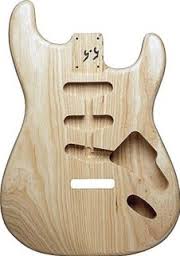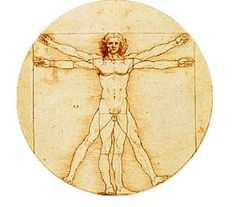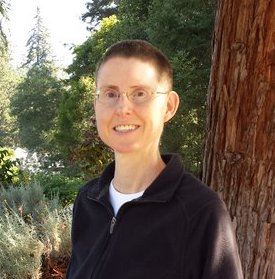
“Sitting in a quiet place introduces us not only to the noise of a mind that can be too loud but also the muted and muffled silence of a body that begs to be listened to. If the mind is like the guest who's too loud, self-absorbed and occasionally out of control, the body is like a child who has taken the imperative to be seen but not heard to the extreme -- overly silent, strangely absent, underactive, even vacant. Sitting in a quiet place, we start realizing that we don't feel the body very much at all, that we suppress the tactile world of sensation. The activity in every cell of the body generates sensations that we're capable of feeling, trillions upon trillions of sensations, little tactile blips that vibrate and oscillate at extraordinarily rapid rates of frequency. Massed together, these sensations form a shimmering field that can be felt to occupy the space of the entire body and even a bit beyond, pulsating, vibrating, tingling. But mostly we don't let ourselves feel much of the immense richness and variety of this great, loamy web of tactile life. [...] Breathing in...breathing out...Maybe it will take minutes, or maybe it will take days or weeks, but mind does become quieter. Thoughts eventually do slow down. Sensations start coming out of hiding. Body begins to hum a bit.”
--Will Johnson from Breathing Through The Whole Body
--Will Johnson from Breathing Through The Whole Body


 RSS Feed
RSS Feed